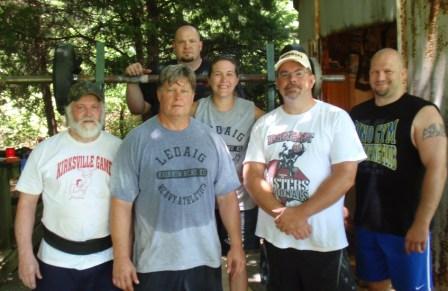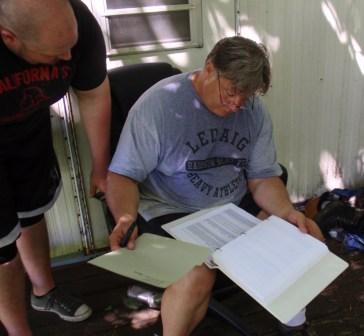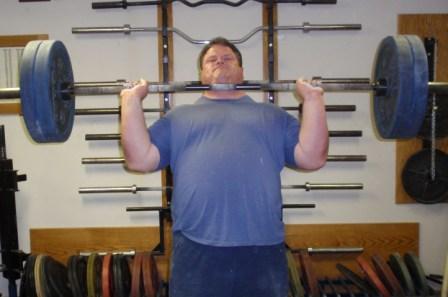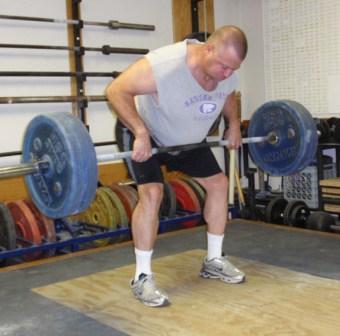The Hoffman/Paul Formula
by Thom Van Vleck
Ok, so we’ve been overload on the formula’s lately, but I was perusing one of my old Ironman mags last night and came across a story. This was the April-May 1974 issue and on Page 43 there’s a story on the “new” Hoffman/Paul Formula. The original Hoffman formula was used for years in determining the best lifter at Olympic lifting meets. As the weight classes expanded (the original gap was 198lbs to Heavyweight, then a 242 class was added, and a 220lbs class) there was evidently a need to alter the formula. This article talks about the new “Hoffman/Paul formula” being accepted at a recent AAU convention. Some professor named Joseph Paul had “improved” upon the Hoffman formula and evidently was given second billing to Hoffman with this second version. Who knows, maybe he came up with the original!
No one is credited with writing the article so I have to assume Peary Rader wrote it. In the article he makes a comment that the new formula was unchanged from the old thru the 198lb class, but changes were made above that. I’ll assume to make it more “fair” as the old formula may have been found to be flawed relating to heavier lifters as the article says the new formula was the result of the new weight classes. Interestingly, the author notes that no formula can be completely fair, but this one is an improvement.
I do know that Lyle Schwartz once commented that he developed his formula when it was determined that the Hoffman Formula, for whatever reason, did not work as well with the powerlifts and more specifically, the bench press. I also recall Schwartz stating the Malone formula was a better indicator for women and that when comparing men to women, it was basically a factor of men being 30% stronger on average, but women generally carrying more bodyfat across all weight classes seemed to be an issue in coming up with a reliable formula and comparison.
It is also interesting that the “improved” Hoffman formula ends at 260lbs and that for ever pound after that you were to and 1 point to the coefficient. Again, the conspiracy theorist in me feels like the little guys are always out to shaft the big guys because they can’t lift as much. But you have to admit, adding a “point” per pound after that would have to cause some issues once you hit 350lbs or even more.
In highland games at the Masters World’s this year they are using the decathlon scoring system which is based on percentages of the world record. This is the first time they are using this system and it will be interesting to see if it changes the results. But I would almost bet that it would be like Al’s analysis recently, you might see one or two changes but the vast majority will remain in their same placings. This has not stopped a heated debate that has already arisen regarding the pros and cons of the decathlon system.
My intent is not to point out flaws, but just offer another piece of the formula history here. Sounds like even in the earliest days of the formula format, everyone knew it wasn’t perfect, but still could be a decent indicator of who the better lifter was. I have been reading more on how Schwartz developed his formula, but have had to dust off the old stat class book from college…..and that will be for another day and might end up more boring than Al’s article on the formulas!!!




